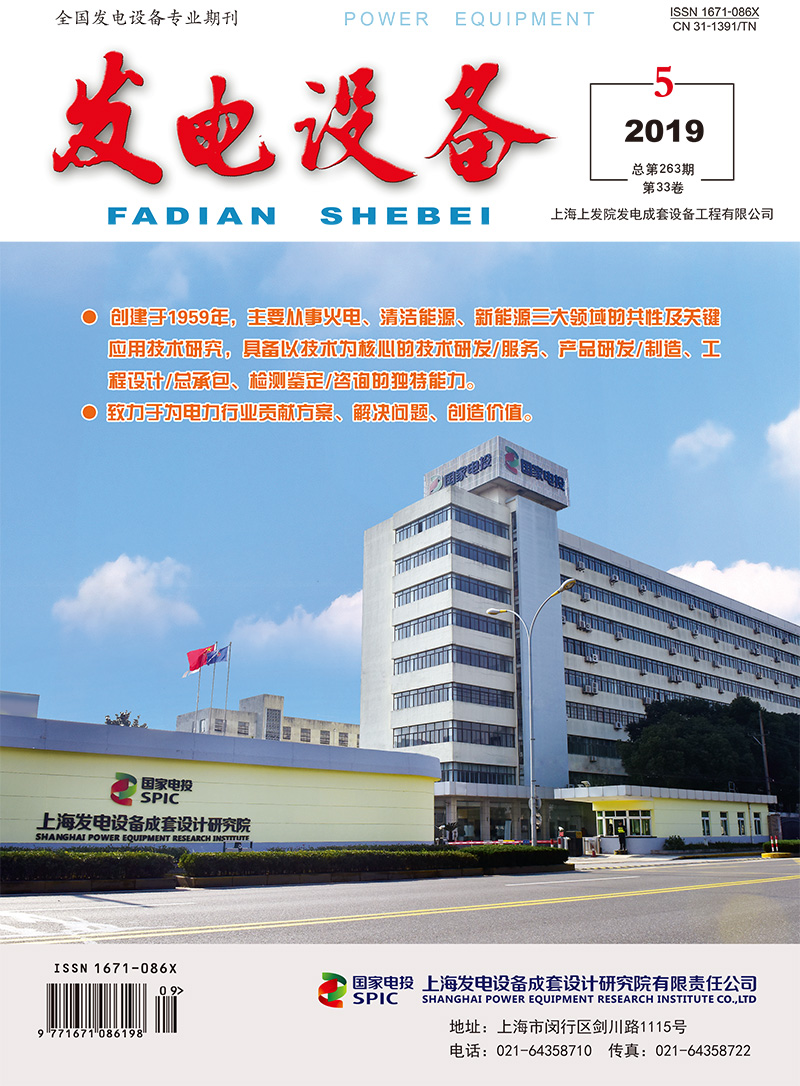Zeng Fanwei, Xie Xiaoyuan, Zhang Xuexing, Zeng Hui, Gao Miaomiao, Chen Lijun
2019, 33(5): 335-339.
By means of mechanical property tests, optical microscopy (OM) and scanning electron microscopy (SEM), the effects of frequency and temperature of post-weld heat treatment (PWHT) on microstructure and properties of P91 steel were investigated. Results show that, after 5 times of PWHT at 760℃, compared with the base metal in delivery status, the aging behavior of treated P91 steel is not obvious, which still keeps the structure of lath martensite, with slightly lowered strength and hardness. When the PWHT temperature gets above 790℃, the martensite decomposes, the carbide aggregates and grows, and the aging of microstructure intensifies with the rise of PWHT temperature, leading to obviously reduced strength and hardness of the steel, which therefore can not satisfy the requirements of relevant standards.
